High Energy Workouts for a Head Start on Swimsuit Season
It's easier to work hard when you’ve got a game plan. Here are some options to help keep you moving until the last second of your workout!

As a protection mechanism, our brain often convinces us that we are capable of far less than we really are. This is a preservation instinct that is meant to protect your body from over-exertion and from burning through its precious fat-stores.
Our brain relies on its survival skills. It wants your body to expend as little energy as possible to save up for the day when your usual resources are not available.
If you know that muscles require energy (calories) to sustain themselves, you may already see the picture we’re trying to paint. If your body no longer needs to lift, push, or drag the heavy things, your brain starts to consider your muscles as liabilities instead of assets. They are using more energy than what your activities call for.
That is why, if you stop working out, your brain responds with “well, we don’t need these anymore!”
Now, don’t panic. Your muscles won’t completely atrophy as though you’d never seen a day of exercise. In fact, drastic muscle atrophy is really a sign of severe malnutrition, disease, injury, or certain disorders. With less use, your muscles will simply decrease in mass.
Let’s peer into the details of what really happens to your body when you stop working out.

At around 2 weeks after stopping exercise, what your body gained from consistent exercise can already start to diminish.
Several studies, some of which we discuss here, cite cardiovascular endurance and VO2 maximums (how much oxygen your body can process for energy) as the targets of change within the first 2 to 4 weeks of stopping exercise.
In a study on the effect of training and detraining (a period of no exercise) on heart rate variability, a group of healthy young men completed 12 weeks of intensive training followed by several weeks of not working out.
The participants all saw an increase in their VO2 max and in their heart’s overall power after the 12 weeks of vigorous exercise. Once they started the period of detraining, it took about 2 weeks to see a reduction in both of these areas. It took 8 weeks to completely undo the cardiovascular benefits they built from their 12 weeks of training.1
Another study found similar results and cited a period of 2-4 weeks to start seeing the decline.2 One spark of hope from this study, however, comes from their comment on current research. This research tells us that the decline can be slowed, and the improvements retained for several months, if training is reduced instead of completely stopped! 2

We found some interesting insights in a study that compared the after-effects of stopping endurance training with the after-effects of stopping resistance training. The first 24 weeks of the study were spent training and another 24 weeks were spent detraining.
The researchers found that the participants who strength trained maintained their improvements in strength and lean mass for a longer period of time after stopping exercise than those who endurance trained.3
Another study determined that athletes could take up to 3 weeks off from strength training without suffering loss of strength.4 This is because muscle gain was quickly returned once they resumed strength training after the 3 weeks.

This is a less frequently researched topic, and there are limitations to current literature on the subject, but some of the findings are still worth looking into. One study monitored blood flow to certain parts of the brain in highly athletic older adults.
With the understanding that exercise has positive effects on the structure and function of the hippocampus (the part of the brain that handles emotion and memory), this study wanted to look into what would happen in this area of the brain if exercise was stopped.5
While the study observed no change in cognitive function, it did find that “training-induced changes in hippocampal blood flow may be reversed with 10 days of exercise cessation.” 5
What this suggests is that just 10 days after transitioning from an active lifestyle to a suddenly inactive one, you can lose the positive effects that exercise was having on your brain.

Keep in mind that all these studies focus on a group of people who may be of a different age, sex, fitness level, and on a different workout regimen than you are.
What the results ultimately demonstrate is that changes in physical fitness and body composition have been observed when the participants stopped exercising. The time frame in which it happened, and the extent of the change, was all relative to the specific group that was studied.
There are also a variety of other potential changes not discussed here, like your percentage of body fat, your blood pressure, your cholesterol levels, and innumerable other pieces of data that can be studied and measured.
In the end, to avoid losing all of your progress, what can be learned from all this research is this:
To learn more about the relationship between cholesterol and exercise, read our article on How to Manage Your Numbers Naturally. For workout tips to help you build your routine, see what our Pro Results® trainer, Kayla V., has to say about leg workouts that won’t disrupt other leg-intensive training. To access our monthly blog post highlights, subscribe to our newsletter today!
SOURCES

There is no better time than now to talk about this disorder that affects approximately 764,000 children and adults in the U.S.1
Not only will we fill you in on what it is, we’ll also share some great workout information (like how to calculate your target heart rate for cardio) that individuals who are and who are not affected by CP can apply to their routine.
What is Cerebral Palsy?
The Centers for Disease Control and Prevention (CDC) defines Cerebral Palsy as “a group of disorders that affect a person’s ability to move and maintain balance and posture.”2 There are varying degrees of severity and some variants of the disorder itself. The CDC classifies them in 4 ways:
A person with Spastic Cerebral Palsy has muscle stiffness which may affect the legs, the legs and arms, one side of the body, or, in severe cases, the whole body. Movement appears rigid and can be labor intensive.
A person with Dyskinetic Cerebral Palsy has muscle tone that can fluctuate from being too tight and stiff, to too loose. Muscle movement is difficult to control which can make movements slower or faster than what is typical.
A person with Ataxic Cerebral Palsy has problems with coordination and balance. Quick or precise movements can be difficult to execute.
Mixed Cerebral Palsy occurs when a person experiences symptoms that come from more than one type of Cerebral Palsy.
Is it Possible to Both Be Active and Have Cerebral Palsy?

Physical activity is great for the body, the heart, and the mind. This is something most of us have learned and had ingrained in our memory since childhood. With so many obstacles to free movement, you might wonder how someone with CP can exercise.
The American Academy for Cerebral Palsy and Developmental Medicine (AACPDM) reminds us that the recommended amount of weekly cardio for adults is 150 minutes.3 They go on to say that “there is no evidence to suggest that these requirements should be any different for people with cerebral palsy.”3
How to Be Active When Living with Cerebral Palsy
The following tips are straight from the Fact Sheet provided by the AACPDM. You can view the full document here.
Remember that some exercises may not be safe or possible if you are experiencing certain limitations, so be sure to consult your doctor so you understand the right options for you.
Tip #1: Do Exercises That Build Strength and Endurance

To build muscle, you’ll need to increase the resistance, or the weight your muscles have to move. To build endurance, you’ll need to increase the repetitions, or the number of times you complete a movement. 3 The AACPDM recommends that you should:
Tip #2: Exercise Your Heart

To exercise your heart, you’ll need to know what your maximum heart rate is and set a goal to exercise at 40 – 85% of that maximum. Your heart rate is the number of times your heart beats per minute.
To calculate your maximum heart rate, subtract your age from 220. 3 For example, if you are 20 years old, (220 – 20 = 200), your maximum heart rate is 200.
Now that you have your maximum, you can calculate the heart rate you should aim for when you do cardio. All you have to do is multiply your maximum heart rate by 40% (0.40) and then do a new calculation and multiply by 85% (0.85) instead. Don’t forget to convert the percentage into a decimal by dividing it by 100.
For example, if your maximum heart rate is 200, you would do the following calculation:
200 x 0.40 = 80 beats per minute
200 x 0.85 = 170 beats per minute
Now you know that, to effectively exercise your heart, you need to get your heart rate between 80 and 170 beats per minute.
The AACPDM recommends that you start at a rate of 40% and increase your target rate gradually. 3
Tip #3: Work on Improving Your Range of Motion

Improving your range of motion simply means that you are improving your flexibility. The more flexible you are, the easier it is to do common daily activities like sitting, reaching, and bending.
The AACPDM reminds us that yoga and stretching are not the only ways to improve flexibility. Using your full range of motion while doing your strength training exercises is also a way to improve the flexibility of your muscles. 3
They also talk about how dynamic stretches help improve the muscle’s functionality and strength.3 Dynamic stretches get your body moving and warmed-up, so they are often done before you start working out.4
The Takeaways
Living an active lifestyle is not necessarily exclusive to people of a certain level of ability. Even though Cerebral Palsy affects motor function, exercise is still possible if you respect the limitations in your movement and adhere to the guidance of your doctor.
However, depending on the exact nature of your condition, physical activity simply may not be for you. If this is the case, don’t lose hope! Talk to your doctor to find out what you can do to still care for your health without doing harm to your body.
For more ideas on how to move more and sit less, read our post, 6 Ways to Decrease the Time You Spend Sitting. If you’re not looking to lose weight and instead, you’re looking to put on some healthy pounds, listen to our podcast on How to Gain Healthy Weight.
To access our monthly blog post highlights, subscribe to our newsletter today!
SOURCES
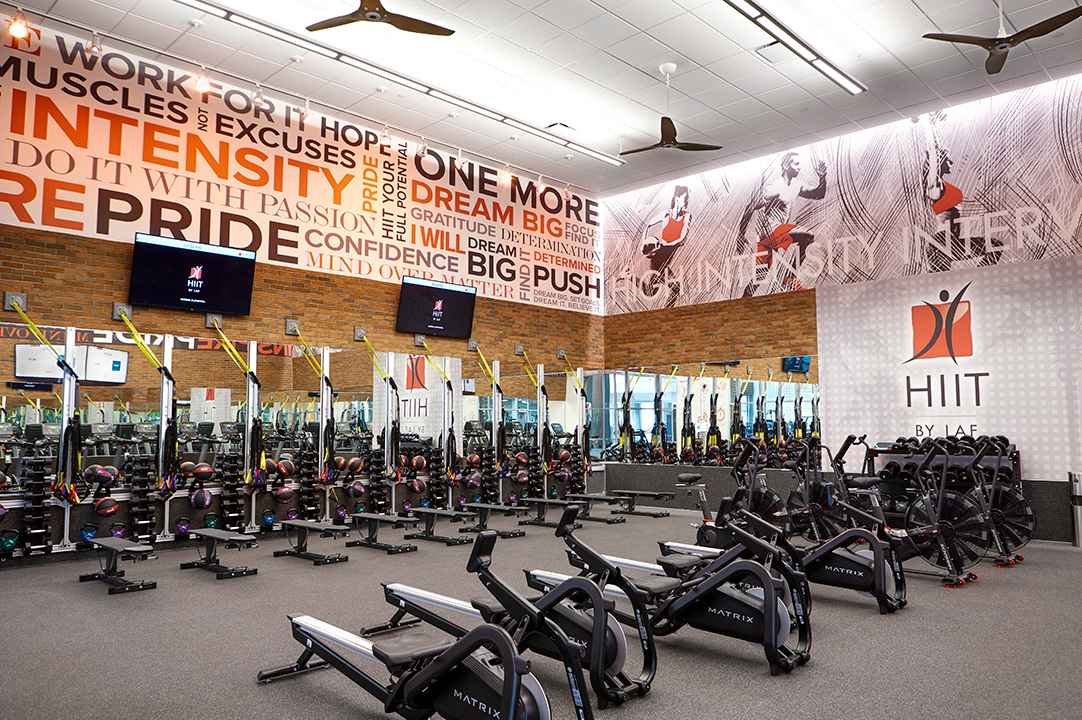
Short on time but still looking to get a solid workout in? Then it’s time to turn to HIIT by LAF®. If you aren’t sure what HIIT stands for, it’s short for high-intensity interval training – and it’s definitely something you should be adding to your workout routine.
If you’ve never heard of HIIT training, or you’re looking for a group setting to help give you that extra encouragement and push, then HIIT by LAF® is the right thing for you.
HIIT by LAF is a workout that is designed for almost every level of fitness, age, and goal type. These high-tech and high-energy workouts are led by motivating, certified fitness coaches who set the pace and vibe of the room. Each workout is 50-minutes long and comprised of a variety of functional exercises, core training, cardio interval training, and strength training. Wearing optional heart rate monitors, participants are led through five heart rate training zones, with each zone representing variations in levels of intensity that may result in participants burning up to 1,000 calories per workout, including calories that may burn even after the workout ends (results may vary).
Intense? Yes, but don’t let that word scare you away.
HIIT helps burn more calories in a shorter amount of time and if you manage to stay within the “fat-burning” zone during your workout, it can leave the body burning more calories even after the workout is over. This special “fat-burning” zone varies from individual to individual, so it’s important to know your resting heartrate and your max heartrate in order to gauge your different zones.
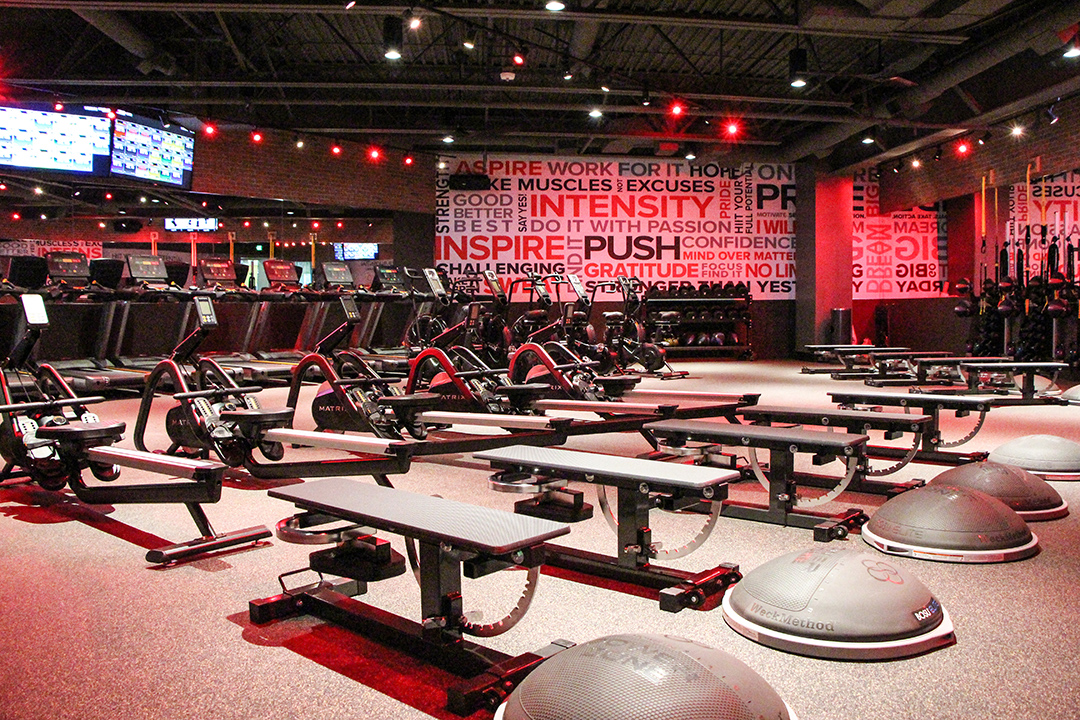
This is where MYZONE comes into play. A heart rate monitor that takes your workout to the next level.
MYZONE uses wireless and cloud technology to accurately and conveniently monitor physical activity. It monitors heart rate, calories and time exercising that converts into MYZONE Effort Points (MEPs*), with a focus on rewarding effort.
Heart rate training zones are a range of values expressed as percentages of maximum heart rate (HR max). The HIIT by LAF workout incorporates 5 heart rate training zones. If you’re interested in signing up for HIIT by LAF® classes on a regular basis, the MYZONE heart rate monitor is available for purchase at an additional cost.
Each zone is identified by zone color, heart rate percentage range, zone description, and the target amount of time that should be maintained in each zone to achieve the greatest benefits of a HIIT workout. Utilizing these zones in relation to the exercise benefits of each one aids in the development of the best programming to maximize endurance, calorie burn, and fat loss.
* MEPs (MYZONE Effort Points) are earned based on the effort exerted by the participant. Time spent in each Heart Rate Zone earns different numbers of MEPS:
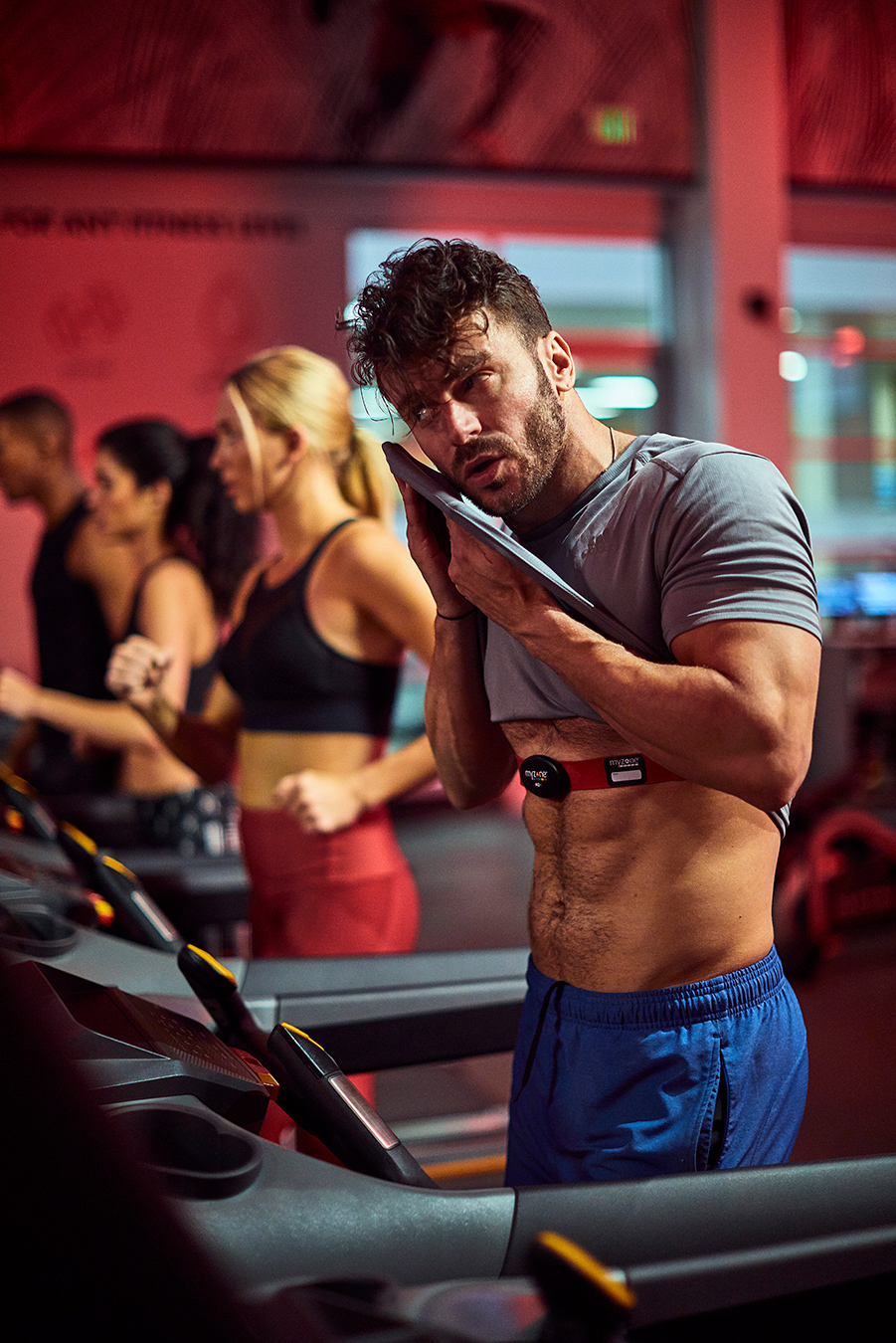
HIIT is for anyone and everyone looking to take their fitness to the next level. HIIT is for moms, runners, professionals, athletes, and beginners. For moms, it’s a great escape. For runners, it’s the motivation and methodology necessary to prepare for the next run or race. For professionals, it’s the time-efficient workout when health and well-being are important, but time is tight. For athletes, it is the real-time feedback, ability to track progress and interval training necessary to improve performance. For beginners, it’s the push—the education and encouragement—necessary to reach an entirely new level of fitness.

It depends on the underlying condition of the patient/client and their baseline fitness level or physical activity status. HIIT is not for someone with a prior heart condition, who is sedentary and has not gone through proper supervised exercise testing first.
Anyone who has been very active has no cardiac risk factors, and has been screened by his M.D. about his cardiovascular fitness can definitely try HIIT and enjoy the benefits in our time-crunched environment.
The response above provided by Dr. Myla Subbarao, MD, FACC, and volunteer with the American Heart Association.
Check out our Living Healthy podcast episode on HIIT training by clicking here!
If you’re interested in learning more about HIIT by LAF®, visit welcome.lafitness.com/hiit-by-laf/.

It's easier to work hard when you’ve got a game plan. Here are some options to help keep you moving until the last second of your workout!
It’s Multiple Sclerosis Awareness Month! Here is what you need to know about exercise safety with MS.
There are reasons why you’re stuck in your weight loss or muscle gain efforts. We’re breaking them down to help you put your progress back in motion.

Whether committing to new fitness goals or finding new ways of sustaining them, Pro Results® personal training may be the key to unlocking your potential and getting the results you’ve always wanted. Many wellness enthusiasts have no problem with living an active lifestyle. Some can credit their childhood with seeing examples of healthy living or competing in sports during their adolescence. However, others are not as adept in motivating themselves to work out or eat healthier. No matter where you fall on this spectrum, everyone can benefit from some expert guidance to improve, motivate, or encourage your fitness journey.
So, if you are ready to make that jump into the uncharted abyss of personal training, here are some key points you may want to include when choosing who can best assist you on ensuring that your goals are met.

1. Identify your personal fitness goals.
This step is vital in getting the most out of your personal training. If you don’t identify what you want to achieve or why you run the risk of investing time and money with someone who isn’t able to effectively guide you toward achieving your fitness goals. In a way, a personal trainer’s assessment is similar to a physician’s approach when you’re feeling under the weather.
A physician recommends appropriate tests or remedies for helping you feel better after assessing how you’re feeling. This comes with the right amount of honest conversation, in order for you to be on your way toward the best version of you. Before consulting with any fitness guru or expert, know your needs first, as they will be an internal guide when gaging if personal training is working for you. Remember, you’re the client and you set the precedence for how your trainer distinguishes a proper plan of action for you.
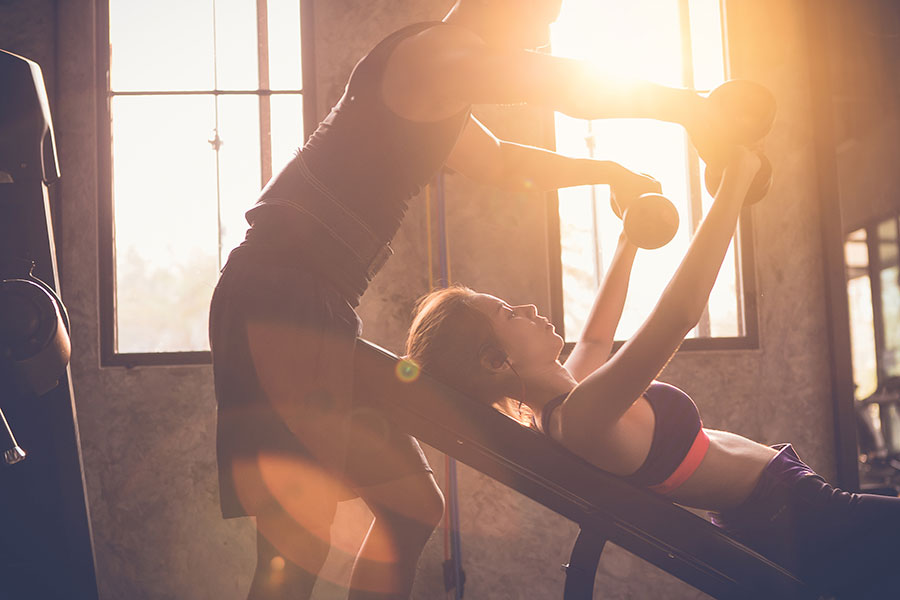
2. Consulting with a Personal Trainer.
Once you identify what you want to achieve, you’re ready to do a little window-shopping. This part of the process doesn’t have to be as intimidating as it sounds. The ball is essentially in your court – you are “hiring” this person to be your guide on your fitness journey. Once a reputable LA Fitness Pro Results® employee assesses your goals, they will partner you up with a trainer whom they feel will best be able to facilitate your fitness concerns. If for some reason the fit doesn’t feel right for you, you can always re-approach the Personal Training Director and ask for an alternative trainer.
Finding out if they are a good match comes down to two essential things: 1) do they fully understand your needs and 2) are you two compatible. LA Fitness has a selection of certified personal trainers for you to choose from. (*Disclaimer: Each club has a different selection of training staff available. Be sure to check in with the personal training department of your home club to see what is available to you.) No matter how credible or how many years of experience your trainer has under their belt, selecting the right trainer for you comes down to whether you two work well together.
The trainer and client relationship is just that, a relationship. Therefore, enjoying the trainer’s company and his or her approach to fitness and health is key.
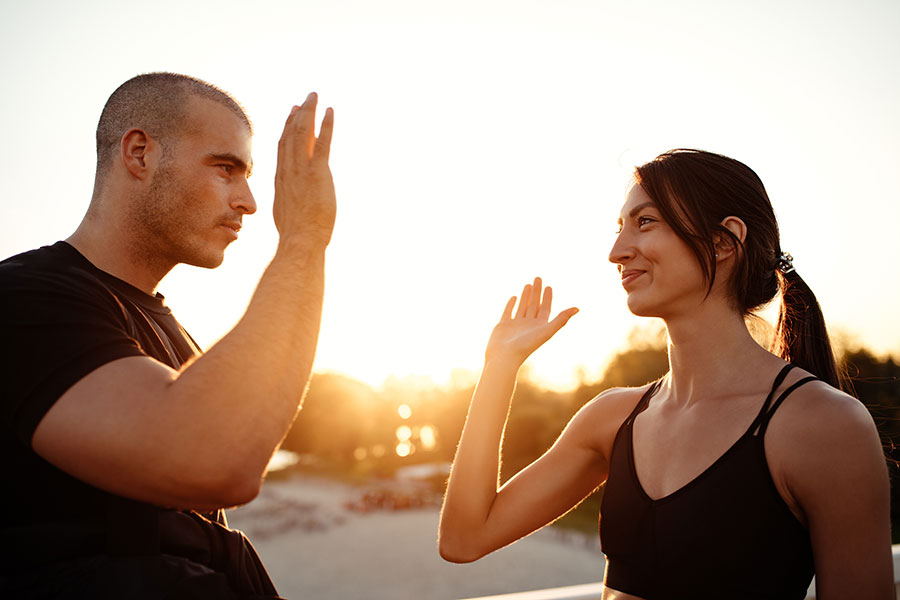
3. Seek recommendations.
Perhaps the easiest way to make your decision of who to commit to on your fitness journey is hearing from people who have trained with the trainer you potentially want to work with or asking a club manager. Getting some else’s insight on a personal trainer can better assist you when making your final decision. LA Fitness club managers are great resources to utilize. Most gyms also include a short bio on the trainer, which is very helpful in getting an insight into the trainer’s experience.
4. Uphold your end of the bargain.
No matter how wonderful or credible your personal trainer may be, they are simply guides and an added source of accountability for you. It is important to own your contribution to this new level of commitment. Applying what your personal trainer suggests to your life in and outside of the gym is going to be worth more of your time and money spent in between your training sessions.
5. Progress check.
It is absolutely okay to take a step back during these sessions and assess how you are feeling. As you progress in your fitness journey, your needs may evolve as well. Check in with yourself and reflect on how your training is or isn’t going with the goals you initially set. Ask yourself questions like, “Have my goals changed? Am I being challenged enough? Are my needs being properly addressed?” Continue having open lines of communication with your trainer to see to it that you are getting the most out of your time together.
Like anything else, personal training is what you make it, and what you want to get out of it. Starting there, at the goals you wish to achieve, and finding someone who will guide you in reaching those goals can make for a fulfilling experience along your fitness journey.
Personal training can be that extra boost you need to switch out of your mundane gym visits or be the foundational basis for your fitness regimen. No matter where you find yourself on the journey, approach this aspect of wellness with purpose and with the added knowledge that you don’t have to reach your goals on your own.
Schedule a personal fitness assessment today! Not a member yet? Try us out for 3-days free.
It's easier to work hard when you’ve got a game plan. Here are some options to help keep you moving until the last second of your workout!
It’s Multiple Sclerosis Awareness Month! Here is what you need to know about exercise safety with MS.
There are reasons why you’re stuck in your weight loss or muscle gain efforts. We’re breaking them down to help you put your progress back in motion.
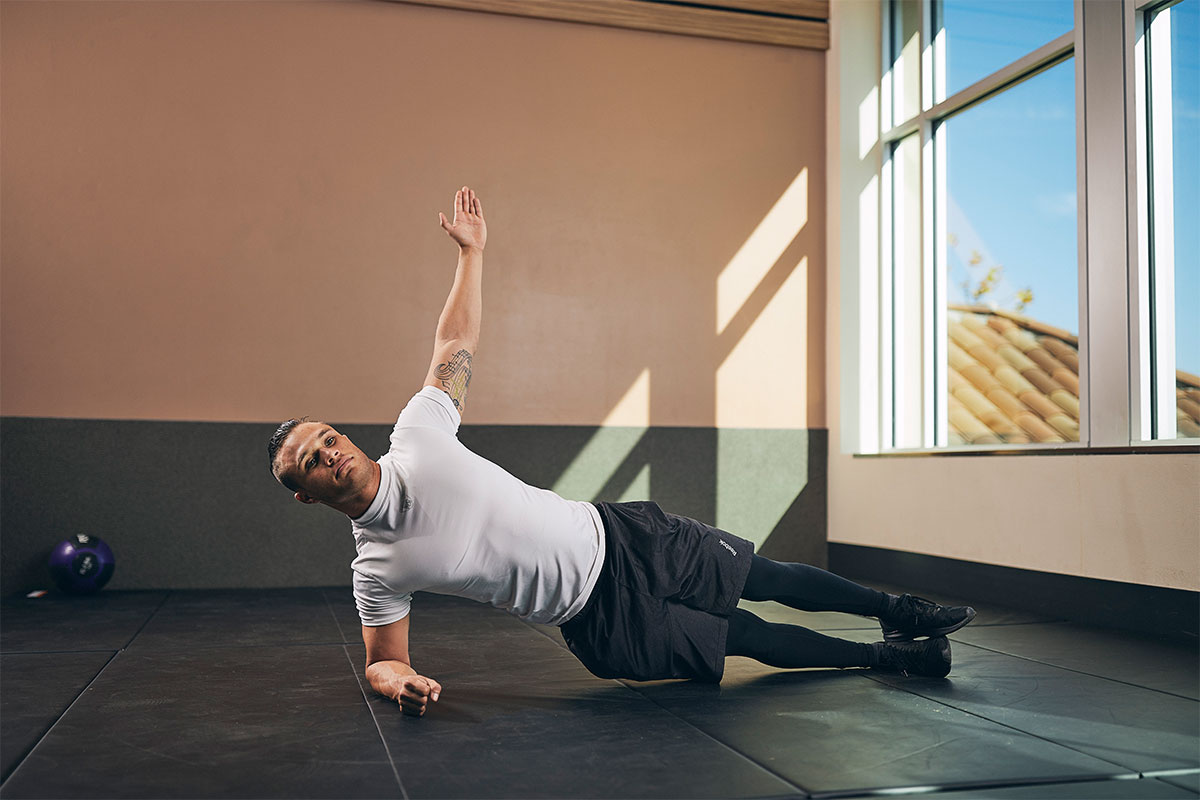
Instead of thinking of this as your one-stop-shop gym guide, think of it as an intro to some of the top most popular exercises, and how to perform them properly. Once you have a handle on the basic exercises below, try out some of the advanced alternatives to step up your exercise game!
#1 Burpee
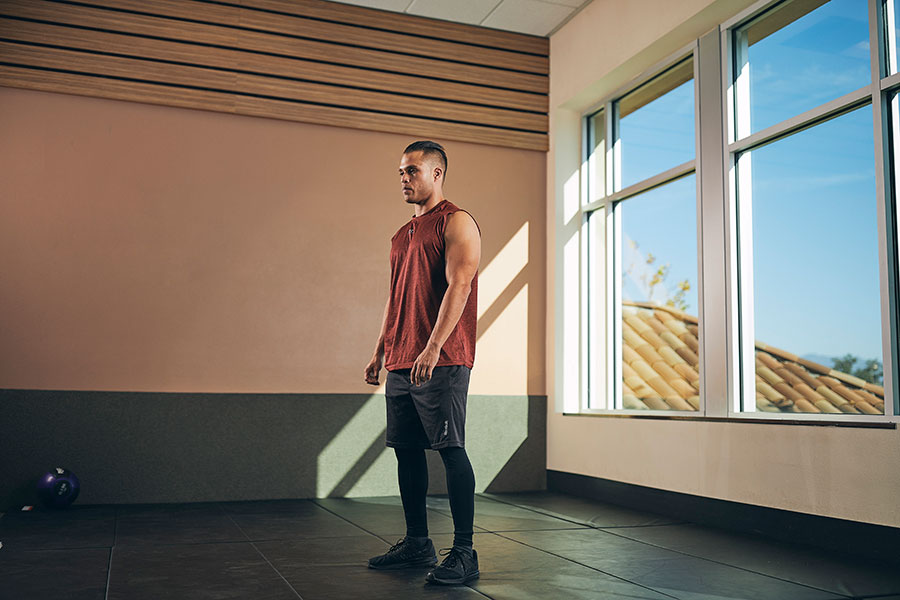




#2 Bodyweight Squat
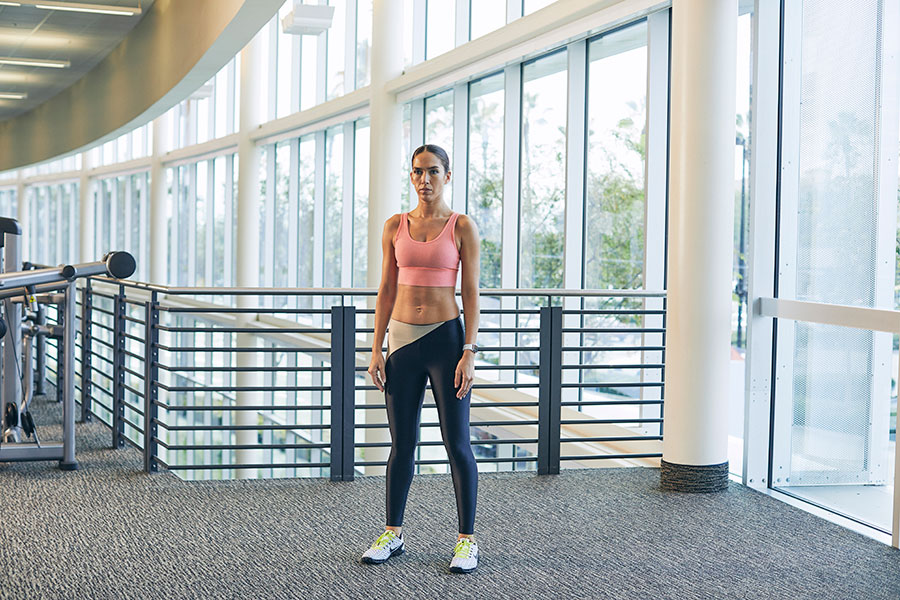

#3 Lunges
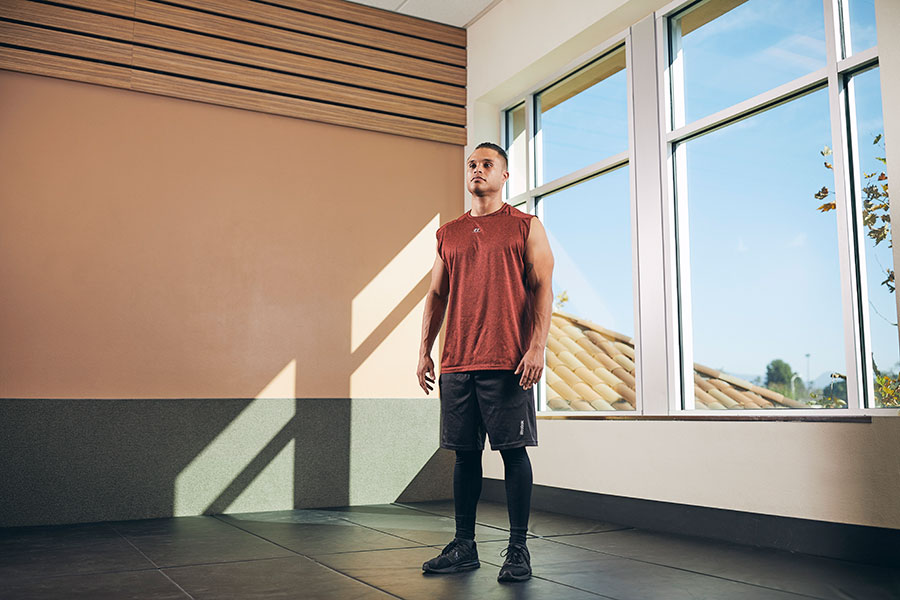

#4 Plank


Shown: Advanced movement. Side plank.
#5 Bench Press


#6 Kettlebell Swing*
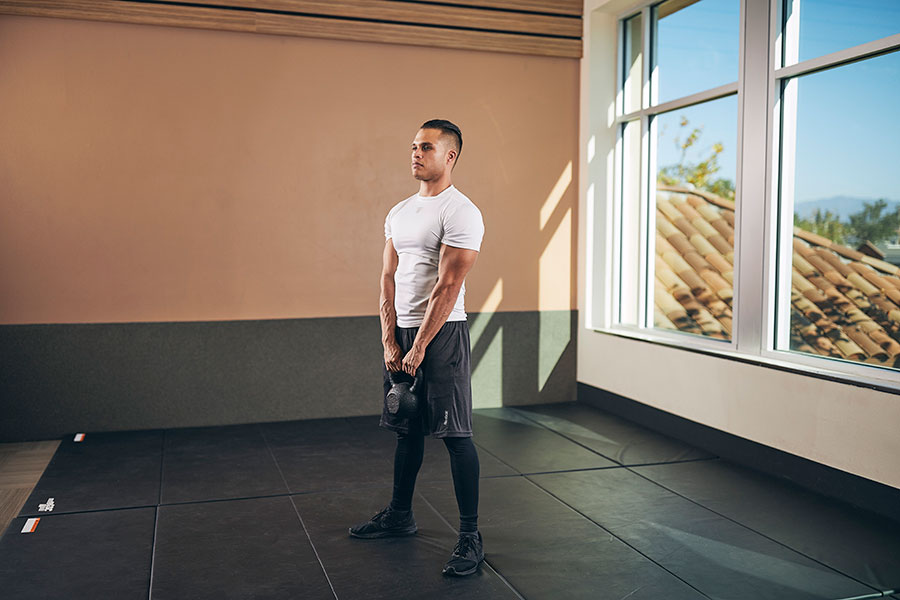
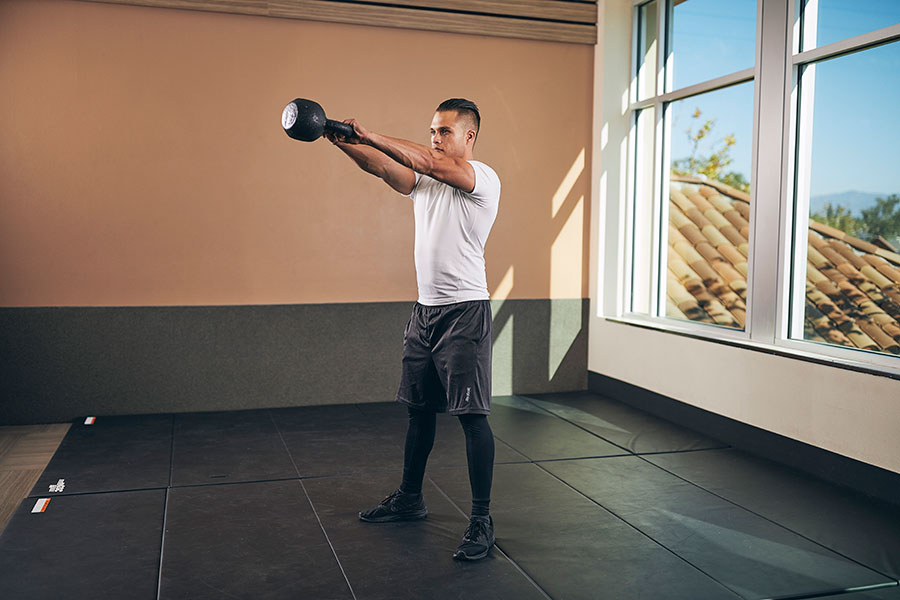
#7 Lat Pulldown
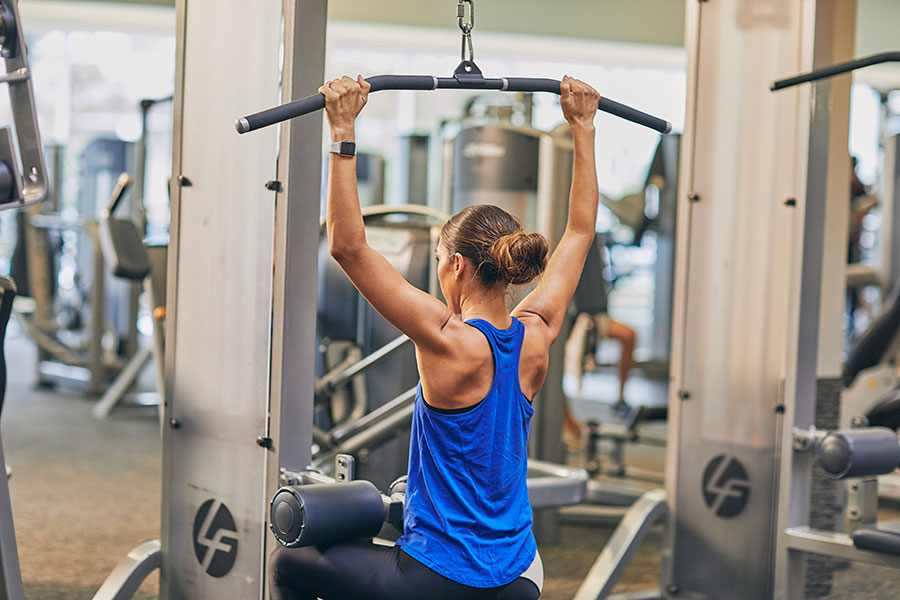
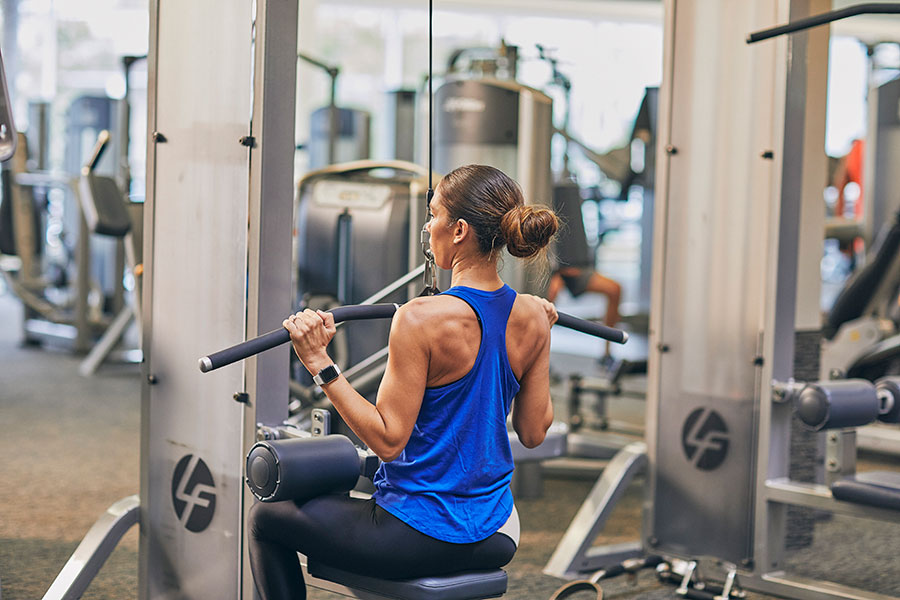
#8 Russian Twist



#9 Leg Press

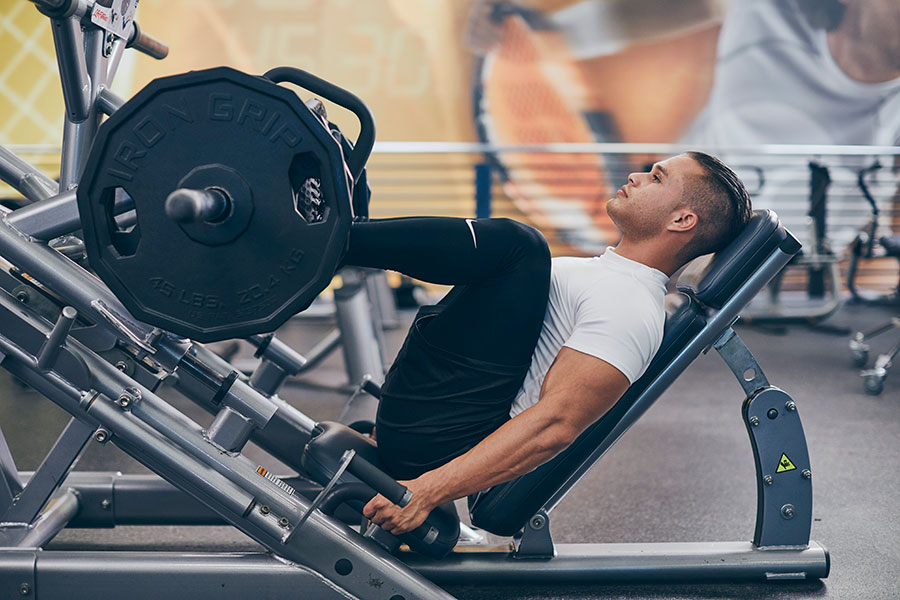
#10 Curl


Sources:
It's easier to work hard when you’ve got a game plan. Here are some options to help keep you moving until the last second of your workout!
It’s Multiple Sclerosis Awareness Month! Here is what you need to know about exercise safety with MS.
There are reasons why you’re stuck in your weight loss or muscle gain efforts. We’re breaking them down to help you put your progress back in motion.
Be the first to know about exclusive
content, deals and promotions